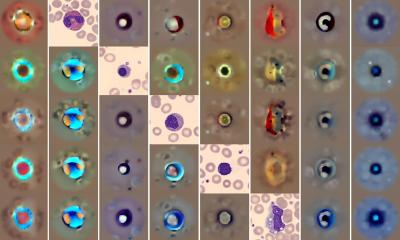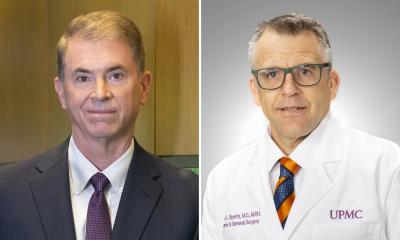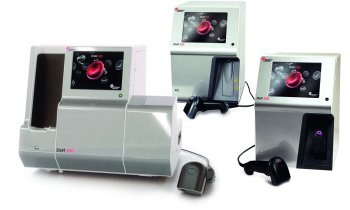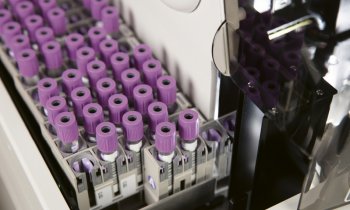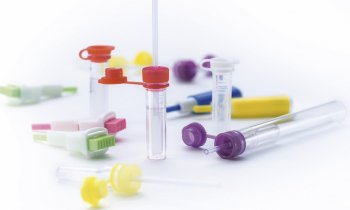Surgery
Recycling blood lost during major surgery
Sucking up blood spilt during a major surgical procedure, or drained from a heart-lung machine after surgery, the Hemosep cell concentration system has a blood bag that uses a chemical sponge technology and mechanical agitator to filter red and white blood cells and platelets through a plastic membrane so that they can then be returned to the patient by intravenous transfusion.
Report: Mark Nicholls
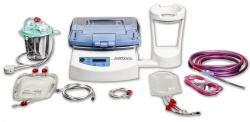
A critical benefit is that a patient receives their own blood back rather than having donated blood.In recent months the system’s inventor Professor Terry Gourlay, from Strathclyde University, Glasgow, has seen significant implementation in hospitals across Europe and the UK. ‘Hemosep is a machine that’s a cell salvage device for use during a whole range of surgery,’ he explained. ‘It was designed for cardiothoracic surgery but now has an application for accident and emergency, vascular and orthopaedic, anywhere there’s likely to be substantive blood loss.‘There are other technologies that do the same thing, but they are invariably fairly complex centrifuge devices. Hemosep’s USP is in its simplicity and the fact it does not use centrifuge but a powerful high performance super absorber.’
The advanced membrane in Hemosep does not permit the blood cells, including the smallest cells – the platelets responsible for clotting – to pass into the super-absorber. Therefore, Hemosep gives the patient back all their cells – red and white cells and platelets – rather than only red cells returned by other devices.’
Hemosep has been in development at Strathclyde University since 2007 and on the market since 2012, following successful clinical trials that were led by Professor Serdar Gunaydin, Head of Cardiac Surgery at the University of Kirikkale Hospital in Ankara, Turkey, which saw the system receive the CE mark for Europe.‘The primary benefit for patients of this type of technology is that they are getting their own blood back, which reduces the need for donor transfusion and risk of transfusion reaction,’ he pointed out. ‘Another advantage is that they are not just getting red blood cells but all cells and that can have a positive impact on reducing bleeding. The early clinical study also demonstrated that Hemosep removed pro-inflammatory molecules.’
For clinicians, the device is simple to use with no specialist expertise required and, for a hospital and health system, it reduces the need for donor blood and associated complications.The Hemosep device also occupies a small footprint and is easily portable.
Along with wider use across Europe and Asia, there are plans to introduce the system into Africa and Australasia via Brightwake Ltd, specialist in research and development, engineering, production and global marketing of products. A key factor in the partnership with Brightwake has been the company’s knowledge of textiles and expertise to invent filters with microscopic meshes. These make Hemosep the only machine in the world capable of salvaging the tiny platelets that help blood to clot. The avoidance of post-operative complications and a reduced reliance on blood banks mean potentially huge savings for the National Health Service (NHS), estimated at over £10m a year.
Next generation devices are already being developed as Professor Gourlay’s team works with Brightwake to improve performance.There are also adaptations planned for a military setting, where particular challenges include using it away from main centres, and for the development of a version that requires no power as well as a version for paediatric surgery and also veterinary surgery.
PROFILE:
Terry Gourlay is Professor of Bio-engineering and head of the Department of Biomedical Engineering at Strathclyde University in Glasgow, Scotland. His main research interest is in cardiovascular devices with a specific focus on extra-corporeal systems, life support,
ECMO, cardiopulmonary by-pass and implantable devices.
18.12.2014



